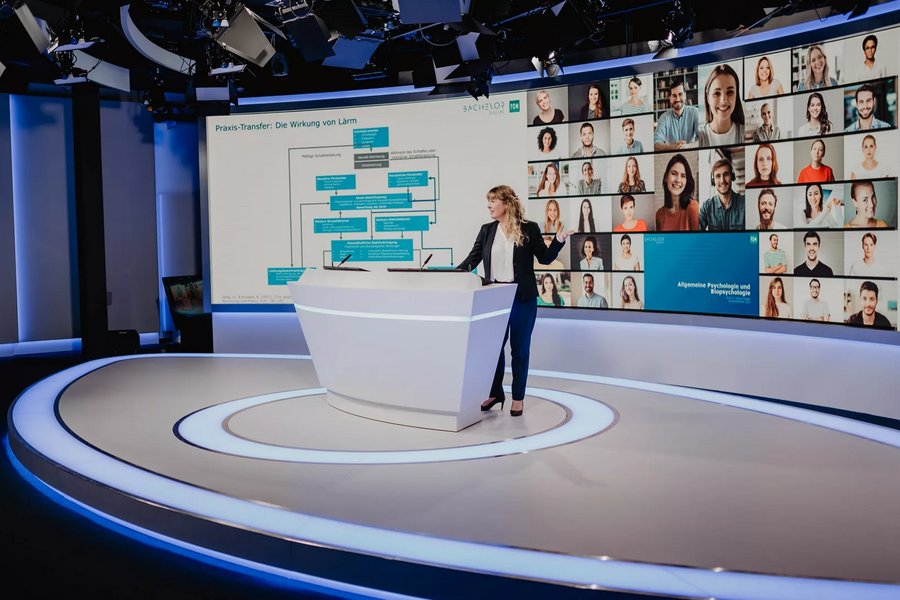Digital Kick-off: the launch of the major project

Small steps quickly lead to great success
With the help of the digital kick-off method, the Qvest consulting team can clarify customer requirements very quickly. This is illustrated by a customer example from the field of building control systems: The company operates an automation technology system within its own infrastructure and has a large number of properties throughout Germany. This means that numerous systems need to be continuously monitored and maintained.
This is a very time-consuming and, depending on the system, complex undertaking in which old and new challenges can arise again and again. And most of the time – especially in the area of technology and software – the experience has been that many established systems reach their limits over time and generate more and more work, while the utility value remains the same or decreases.
The mission: a customized transformation solution
The company turned to the team at the Qvest subsidiary tarent for the modernization of its existing system. The goal was to analyze the complex architecture of the building control system and to use the corresponding potential for the transformation to a service provider, since the solution used to date was based exclusively on hosting third-party software.
In their role as service providers for individual software development, the Qvest experts are convinced that in almost every collaboration it makes sense to achieve results in small steps and, above all, quickly. For this reason, the digital kick-off format was chosen for this client.
The quick start: from analysis to prototype
The digital kick-off describes a procedure in which the Qvest team and the client test a product idea or concept within a few weeks. During this time, Qvest consultants analyze the client’s task in detail and develop a prototype as an initial solution proposal. The client benefits several times over:
The fine-tuning: precise insights through interviews and data
From experience, interviews with involved employees on the client side usually provide precise and very easy-to-process information on the requirements for the new system and the use of features. A mere review of documented figures, data and facts helps as well, but is not sufficient as the sole source of information.
Consequently, several interviews were also conducted with the customer from the building control sector for this project in order to record the current operating situation as well as possible extensions or requests. From the insights gained, the Qvest team created a sketch of the software architecture in its current status and then focused on the opportunities for transforming the customer’s project and its possible development path. In this particular project, the aim was to uncover further requirements and to outline a possible proprietary service landscape that could replace the existing system.
The result: a strong basis for the desired goals and further steps
What does the customer actually have in hand after a few weeks? Qvest’s goal is to deliver a concrete result at the end of the start-up project with the “digital kick-off” that really helps the customer move forward. In this case, the customer received a roadmap, including an architecture example, as well as a compact dummy front-end. These tools help him to plausibly substantiate his transformation into a solution provider to his own customers and investors.
By defining concrete development stages, the consultants at Qvest not only mapped out the transformation path for the customer, but also provided the company with the information it needed for the investment decision by providing initial estimates of the time and budget required.













